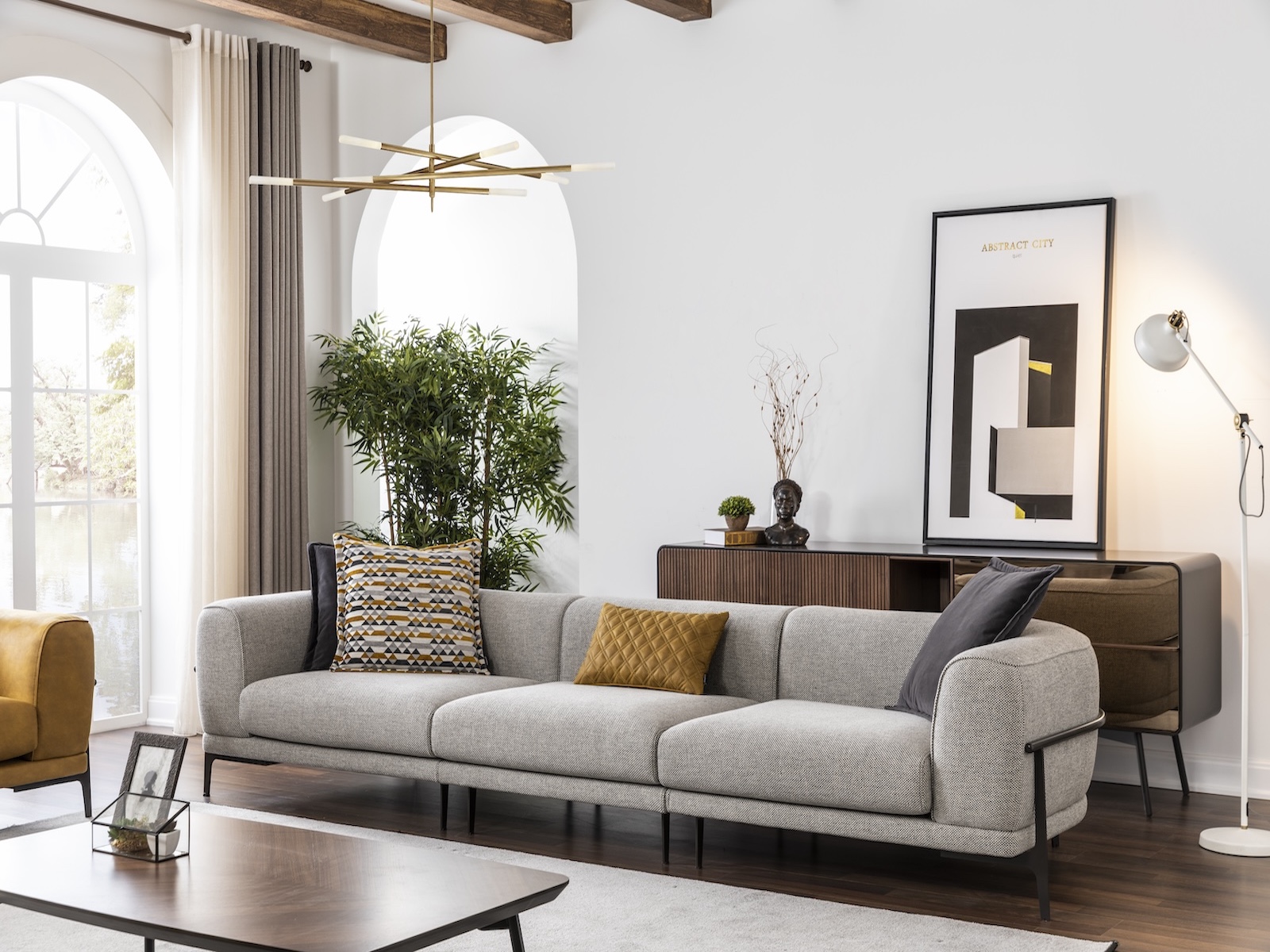[fusion_dropcap class="fusion-content-tb-dropcap"]H[/fusion_dropcap]ome decor is more than just arranging furniture and selecting color schemes; it encompasses the art of creating an environment that reflects personal style and enhances the functionality and aesthetics of living spaces. From the selection of furniture and accessories to the consideration of layout and lighting, every element plays a crucial role in shaping the ambiance and personality of a home. This comprehensive guide provides insights and recommendations for transforming living spaces into inviting, stylish, and functional havens that embody individual taste and elevate everyday living.
Understanding Personal Style and Functional Needs
The foundation of successful home decor lies in understanding individual preferences and requirements. Whether it’s a minimalist, contemporary, traditional, or eclectic style, identifying and embracing personal tastes is central to creating spaces that resonate with the occupants. Additionally, considering the functional needs of the household, such as storage requirements, seating arrangements, and layout preferences is vital in optimizing the functionality of the living space.
Furniture Selection and Arrangement
Furniture serves as the backbone of interior design, influencing the overall look, comfort, and functionality of a space. From the selection of sofas, coffee tables, and dining sets to the arrangement of furniture pieces, thoughtful consideration of scale, proportion, and style is crucial in creating a harmonious and inviting environment. Strategic placement of furniture not only facilitates ease of movement and traffic flow but also contributes to defining distinct living areas within an open floor plan.
Color Psychology and Coordination
Color plays a pivotal role in setting the mood and atmosphere of a space. Understanding the psychological impact of different colors can guide the selection of hues that align with the desired ambiance and individual preferences. From serene and calming neutrals to bold and energizing accents, the strategic use of color can transform the visual perception of a room and evoke specific emotions.
Textiles and Soft Furnishings
Tactile elements such as curtains, rugs, throw pillows, and upholstery add warmth, texture, and visual interest to living spaces. Thoughtfully selected textiles can introduce patterns, colors, and softness, infusing the space with personality and comfort. The interplay of different textures, from plush velvets to natural linens, contributes to creating a cozy and inviting environment.
Artwork and Decorative Accents
Artwork and decorative accessories serve as the finishing touches that infuse character and personality into a home. Whether it’s a striking statement piece, a collection of framed photographs, or carefully curated decorative accents, these elements contribute to visual interest and reflect the inhabitants’ individual style. The placement of artwork and decorative accents should complement the overall aesthetics of the space while adding a personal touch.
Lighting as a Design Element
Proper lighting design is crucial in enhancing the functionality and ambiance of living spaces. Thoughtful consideration of ambient, task-specific, and accent lighting can transform the mood of a room, while maximizing visual comfort and functionality. Integrating a mix of natural light, overhead fixtures, pendant lights, and table lamps can create a layered lighting scheme that adds depth and visual appeal to the space.
Bringing the Outdoors In
Incorporating elements of nature, such as indoor plants, natural materials, and organic textures, can introduce a sense of tranquility and vitality to home decor. Indoor plants not only purify the air but also add a refreshing touch of greenery, while natural materials like wood, stone, and rattan bring warmth and authenticity to the space. Embracing biophilic design principles can create a harmonious connection between indoor and outdoor environments.
Creating Functional and Stylish Storage
Effective storage solutions are essential in maintaining an organized and clutter-free living space. From built-in cabinetry and shelving to multifunctional furniture pieces with hidden storage compartments, creative storage solutions can maximize space while adding to the visual appeal of the home. Seamless integration of storage options ensures that everyday essentials are within easy reach, while maintaining a streamlined and uncluttered aesthetic.
Embracing Sustainable and Eco-Friendly Practices
Incorporating sustainable and eco-friendly practices into home decor is an increasingly important consideration. Choosing furniture made from responsibly sourced materials, utilizing energy-efficient lighting solutions, and opting for eco-friendly textiles are ways to minimize the environmental footprint of home decor while creating stylish and socially responsible living spaces.
Home decor is a deeply personal and multifaceted endeavor that revolves around creating living spaces that seamlessly combine aesthetics, functionality, and individual style. By carefully considering elements such as furniture selection, color coordination, textiles, artwork, lighting, natural elements, storage, and sustainability, individuals can transform their homes into inviting, stylish, and functional sanctuaries. Whether it’s a contemporary urban loft, a cozy suburban home, or a rustic countryside retreat, the principles and insights provided in this guide aim to inspire and empower individuals in their journey to elevate their living spaces.



